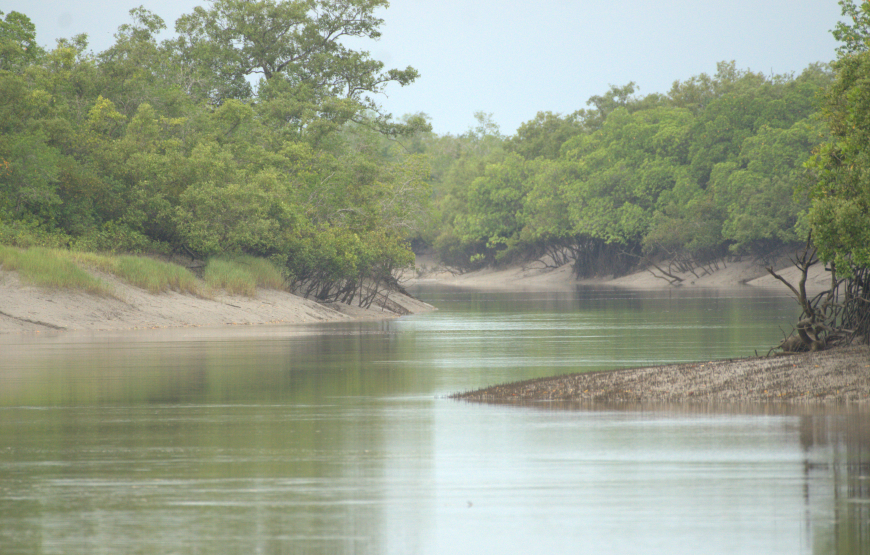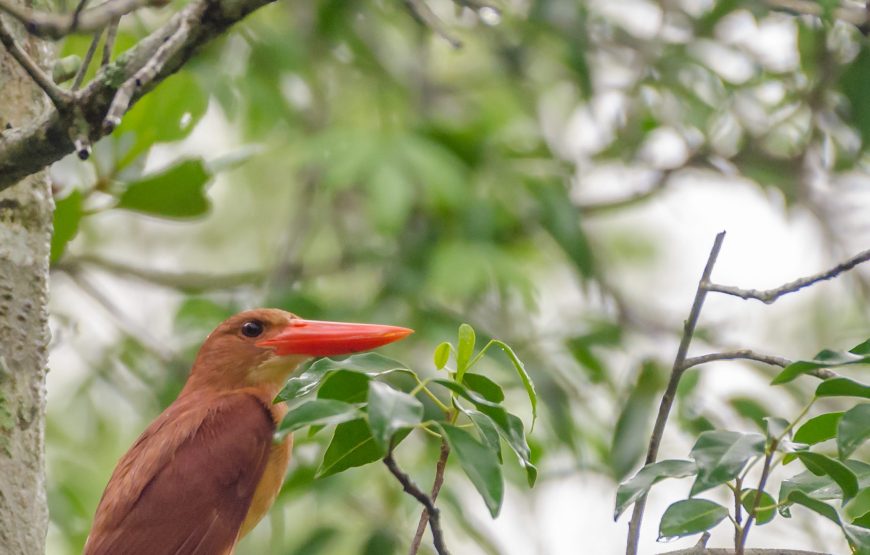from 0 review
4 Days / 3 Nights
Guided Safari Tour
Tiger


The Sunderbans ecosystem is a unique natural wonder of south Asia and the globe. The delta is spread over India and Bangladesh with an area of approximately 10,000 square kilometres and is enjoying the status of being largest halophytic mangrove forest in the world. It is a delta of the two great Indian River The Ganga and The Brahamputra which converges on the Bengal basin. The whole area is kingdom of the famous Royal Bengal Tigers.
The Sunderbans National Park is a tiger and biosphere reserve located in the Sunderbans delta in the state of West Bengal (India). The Sunderbans is named after the Sundari trees which are found here in abundance. Shared between India and Bangladesh, the Sundarbans meaning beautiful forest, have been declared a UNESCO heritage site. This area has a silent charm that manages to amaze one with the simplicity and naturalness of its ecological balance in spite of offering habitat to some of the most dynamic and awe-inspiring flora and fauna. They are in fact the last remaining stands of the mighty jungles which once covered the Gangetic plain and the sustainability of this natural structure is pretty majestic.